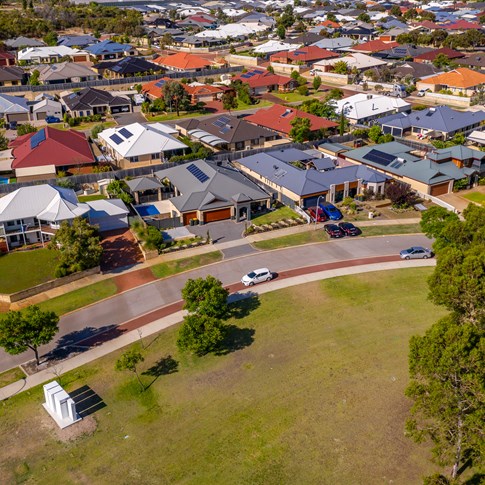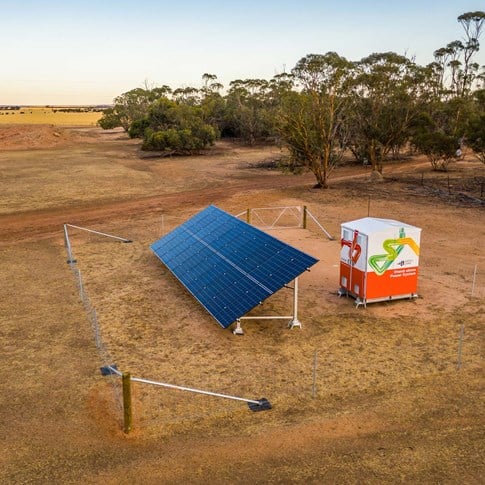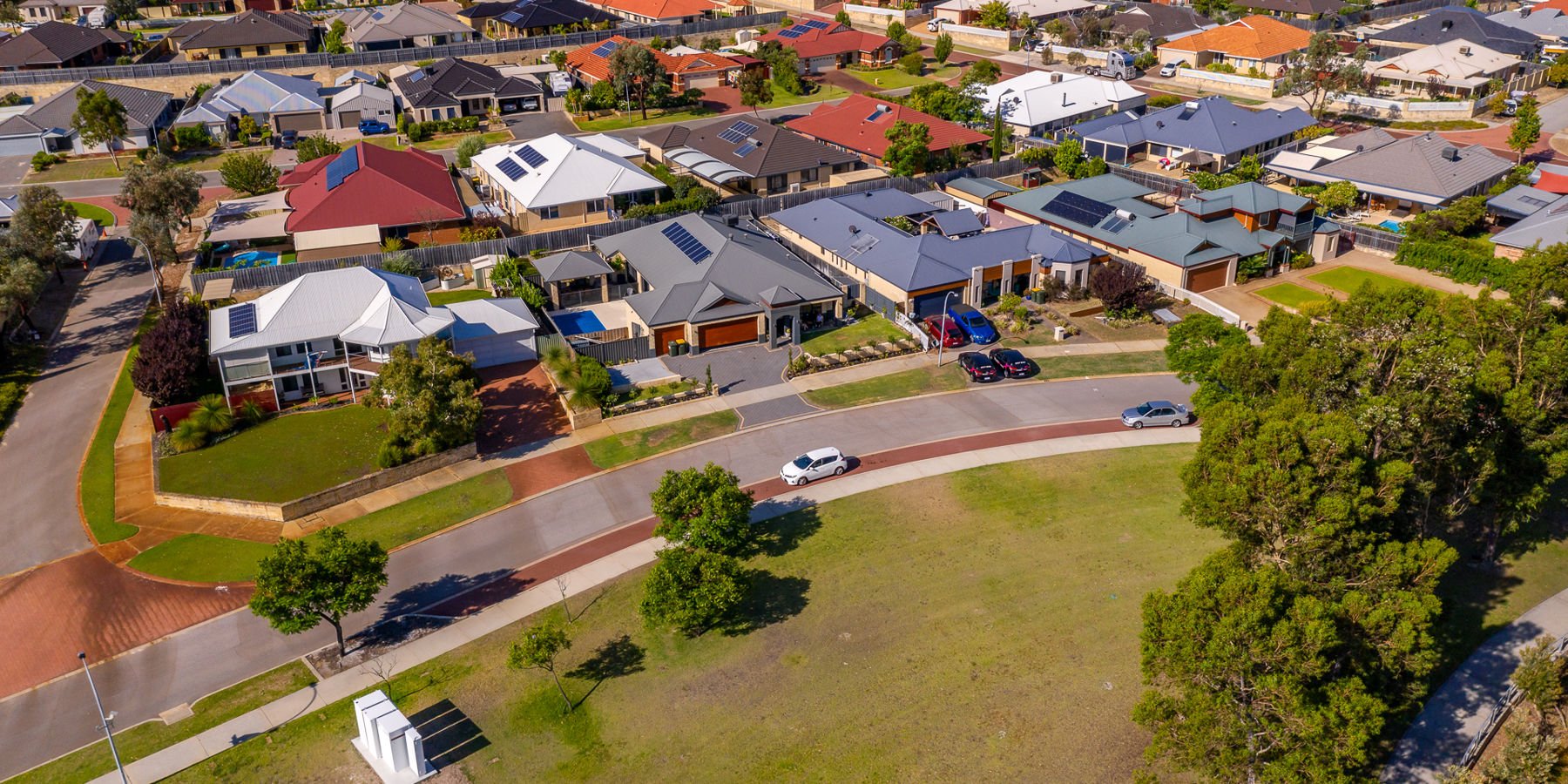Energy is going through a once in a lifetime transformation, becoming more renewable and sustainable.
It’s an exciting shift that’s bringing challenges for energy networks all around the world, which were originally designed and built to suit energy generation and distribution systems from nearly 100 years ago, or in the case of our network 70 years ago.
We’re embracing this opportunity to make changes and improvements to make sure the WA community continues to have access to affordable, renewable and reliable power now and into the future.

How we are modernising the grid
Thanks to renewable energy, power now flows two ways, from traditional and large-scale renewable generators to customers, and also back into the grid from customers’ distributed energy resources (like rooftop solar).
To facilitate the growth of renewable power on the grid, and to maintain reliability, we’re upgrading infrastructure and introducing new technology and approaches, including:
- New technologies like microgrids, stand-alone power systems, batteries and EV’s, help to create a modular grid and a future where power can be generated and distributed locally.
- The introduction of Advanced Metering Infrastructure (AMI) provides us with data on how power is being used and moved around the network which gives us more precise insights into how consumers use and generate energy. This helps us to plan, build and operate the grid better.
- Improved modelling and forecasting tools that help better predict, and therefore manage, the growing impacts of climate change on our network.
Improving network resilience
Energy is essential to our modern lives. We aim to provide reliable, affordable and more sustainable energy. We have one of the largest island networks in the world, with many parts consisting of long and remote feeder lines.
With ongoing climate change impacts, our grid is subject to an increasing number of extreme weather events, like heatwaves or severe storms, damaging infrastructure making and faults/outages more likely. While we do all we can to prevent outages, as our grid transitions to a green energy future, network reliability issues may still be experienced in some areas.
To increase grid resilience, we have a number of activities underway to future-proof the network:

- Upgrades of key infrastructure like new generators and transmission upgrades, to strengthen the network at key points.
- Improving line capacity so they better withstand peak demand and enable the connection of more renewables to the network. - Changing up switching patterns to reduce pressure, and therefore the chance of faults or outages, on the grid.
- Undergrounding power in new developments and where suitable in older network areas, reducing the chance of outages due to storm damage.
- Rolling out stand-alone power systems (SPS) to provide more reliable and renewable power options, particularly for customers and properties at the end of long feeder lines.
- Undertaking extensive bushfire mitigation including vegetation management, inspecting poles and wires annually in areas deemed as high-risk for bushfires and replacing more than 5000 insulators this year to prevent pole-top fires.
- Making sure the community is better informed about what we’re doing, and what they can do, to help ease pressure on the grid, like switching energy use where suitable to reduce issues like Peak Demand.
Creating a more renewable and sustainable grid
Many of the improvements we are making to improve the network support a more renewable energy future for Western Australians.
For example:
- The Undergrounding program is helping to increase the capacity and flexibility of the grid, and its ability to support the two-flow of power of renewable energy.
- The stand-alone power systems, which will see a further 850 SPS units rolled out by Western Power by 2025, is providing more reliable power for customers, and also enables them to use more solar power on their properties and homes.
- Microgrids, like the Kalbarri and Perenjori microgrids, will enable localised power generation, distribution and management, protecting locals from outages or faults further down the line. Microgrids also enable more renewable power from wind and solar to be generated and used locally, improving sustainability.
- Our battery storage program will create more resilience for the grid by helping to store excess solar generated power coming into the grid, and reducing the chance of extreme Minimum Demand events. And during Peak Demand events, batteries can be used to disburse stored power to meet customer needs, alleviating pressure on the grid. The ability to manage these flows will ensure we can connect increasing amounts of solar panels, wind turbines and hydro power stations, safely and reliably, increasing the share of energy that comes from renewables.
- The increasing digitisation of our grid, through AMI and new modelling tools, will enable to more actively manage energy like renewables on the network, and create new customer opportunities like virtual power plants.
